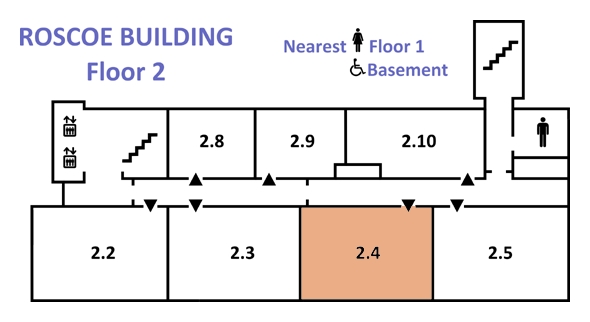
|
iCHSTM 2013 Programme • Version 5.3.6, 27 July 2013 • ONLINE (includes late changes)
Index | Paper sessions timetable | Lunch and evening timetable | Main site |

|
iCHSTM 2013 Programme • Version 5.3.6, 27 July 2013 • ONLINE (includes late changes)
Index | Paper sessions timetable | Lunch and evening timetable | Main site |
In recent years historians have made great strides in advancing our understanding of developments in Chinese science and technology, particularly during the late nineteenth century and in the post-1949 period. Relatively few scholars, however, have carefully explored the first half of the 20th century, especially the period between 1911 and 1949. Moreover, the concept of “Chinese science” during this period has usually been construed as scientific activities conducted by native Chinese scientists and institutions. As a result, the contributions of foreign scientists working in China and foreign institutions such as missionary universities were often excluded, if not ignored, in relevant historical studies of Chinese sciences. This uneven approach has prevented us from fully understanding the development of various Chinese scientific disciplines, especially in fields where transnational contributions were significant. Although the situation has gradually improved since the 1990s, we still have much work to do in order to fill the gaps of our knowledge.
To call attention to this under-studied field, we organize this symposium composed of three Chinese and three American historians, examining the studies of archeology, geology, mining, modern physics, and nutrition. This symposium will focus on foreign scientists and organizations, which operated for extensive periods of time in China, and on Sino-foreign scientific interactions, thereby illuminating the formation of Chinese science from both transnational and international perspectives. The symposium will be divided into two sessions. In the first session, Wu examines the mechanism of how Western railroad and mining technology arrived in China via foreign engineers. In particular, she discusses the German engineers Gustav Behaghel and Friedrich Solger, both of whom served as the first foreign faculty members in the Department of Geology at Peking University and contributed to the science of geology in China. Han studies Johan Gunnar Andersson, a Swedish geologist, who came to China in 1914, serving as a mining adviser, a fossil collector, and an archaeologist successively. He analyzes Andersson’s activities and influence both as a geologist and as an archaeologist. Sun explores Amadeus W. Grabau who worked in China for 26 years and made indispensable contributions to the development of Chinese geological science, especially in the realm of geological education, during the first half of the 20th century.
In the second session, Fu examines the career of William H. Adolph, an American biochemist whose academic career included professorships at the University of Nebraska, Cornell University, Yenching University, and the Peking Union Medical College. Adolph’s vast and varied work on nutrition helped lay the groundwork for biomedical nutritional research in China. Zhang investigates profound changes of Chinese geology during the Sino-Japanese War (1937-1945). In particular, she will examine the contributions of several European geologists active in wartime China. Hu examines William Band’s career and contributions in Republican China. Band was a young British physicist who established his career at Yenching University in Peking during the 1930s and made significant contributions to physics education and research in China. Band also worked with Joseph Needham in Chongqing to aid Chinese scientists during the war.

